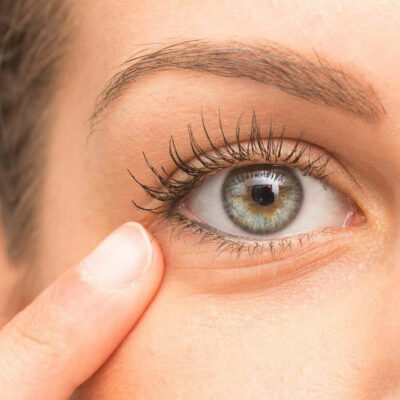
Eyes
Here’s what you need to know about vitreomacular adhesion
A severe but treatable disorder, vitreomacular adhesion (VMA) impacts the central jelly-like part of the eyeball and the macula situated on the retina. One of the most sensitive parts of the retina, the macula enables one to see the finer details. As one grows older, the jelly-like substance in the eye starts to shrivel. Eventually, it separates from the retina. However, sometimes, the jelly doesn’t completely pull away and glues to the macula, causing vitreomacular adhesion. It can strongly hold on to the macula, pulling it. When this happens, it begins to affect the vision of a person. In medical terms, this is known as symptomatic VMA. Often, VMA is observed in individuals over the age of 50. It happens to be quite common in patients older than 70 years of age. Interestingly, it is more likely to affect women and people who are nearsighted. If left untreated, it can further cause distorted vision, and some cases elevate the risk of blindness. Symptoms of VMA If one is experiencing any of the following symptoms, they should notify their doctor immediately: Dull, unclear vision Wavy vision, that is, objects look distorted Micropsia, that is, a condition where things appear smaller than they actually are The doctor will diagnose VMA with the help of optical coherence tomography (OCT).
Read More 










